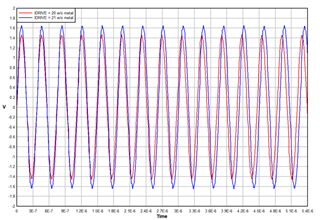What factors do I need to consider when setting the LDC161x or LDC131x current drive?
-
Ask a related question
What is a related question?A related question is a question created from another question. When the related question is created, it will be automatically linked to the original question.



